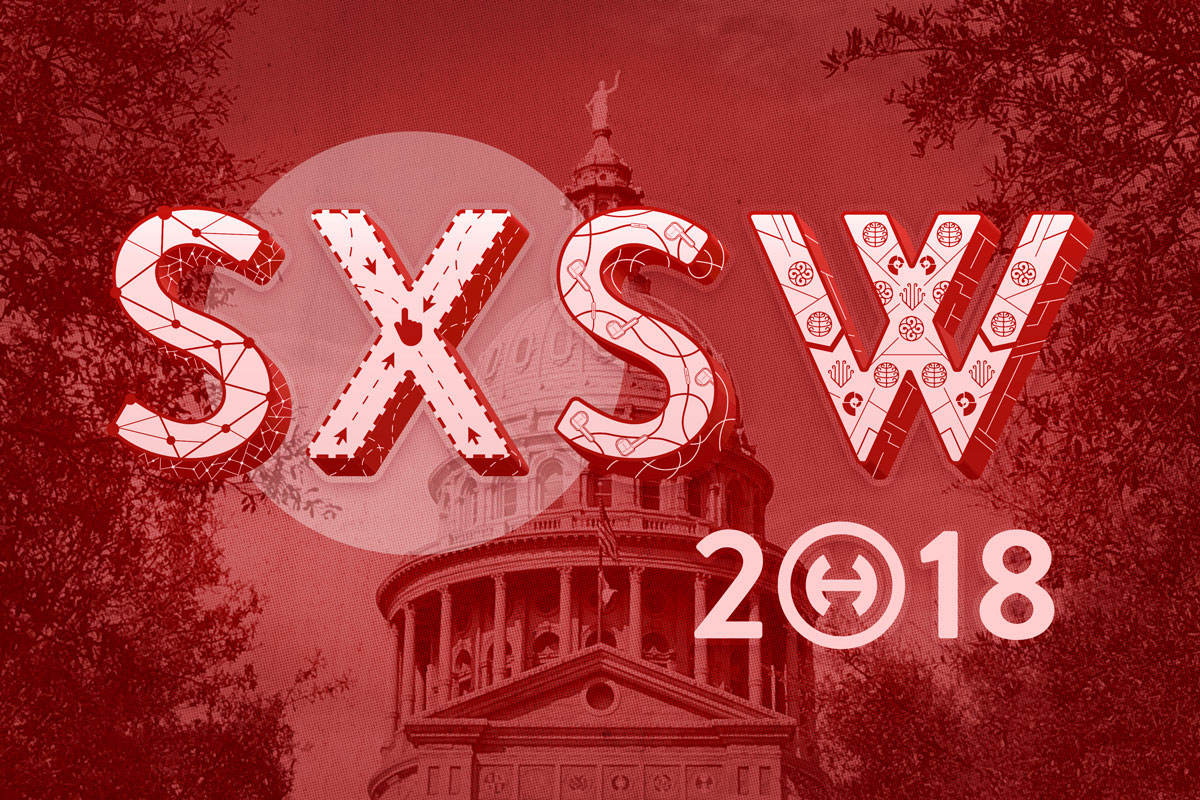When it comes to the life of a marketer, change seems to happen at hyper speed. We went to SXSW in our agency’s second city of Austin to see how others are tackling the latest trends and thinking for clients and industries.
Check out our 10 key trends and takeaways from SXSW:
1. Product storytelling.
In the post-interruption era of marketing, it seems like this was the year that SXSW jumped on the storytelling bandwagon. Well, great storytelling starts with a great product. A great story without a great product is a lie. A great product without a great story is irrelevant. It requires what we call, “yes, and.” Yes, great product; and, a great story.
2. Gen Z busts onto the scene.
Just when we thought we were learning how to adapt to Millennials, Gen Z enters our marketing world. With 97% of them wielding smartphones and nearly all reporting they’re addicted to validation, it’s time for us to start considering the best touchpoints to connect to this burgeoning generation. They’re altruistic, hedonistic, discerning and suffer from extreme FOMO (fear of missing out, for us Gen X-ers!)—so brand positioning must make an emotional connection tapping into these powerful triggers.
3. Artificial intelligence shouldn’t feel artificial.
With more and more buzz around AI technologies, it’s crucial that brands actually spend the time to do it right and don’t forget who they are building it for. From the data being used in the algorithm to the interactions and character within the responses—this is what creates an immersive experience for the target. Be authentic in the responses; embed raw human emotions and use natural language to keep the content feeling conversational.
4. Online moves offline; offline moves online.
Storytelling experiences are shifting to include even more emotion than before. Why? Because people aren’t buying products; they’re buying relationships. They are realizing that time spent doesn’t necessarily equate to time well spent. The challenge for marketers is to build authentic, emotionally compelling experiences for their audiences, bringing augmented reality and other tech to enhance real-life experiences and pulling people away from their devices through compelling in-person experiences.
5. Right or wrong, people will believe what they feel.
Facts be damned! We perceive the world through the lenses of our biases, needs, goals and prior experiences. So how, as marketers, can we persuade sentiment knowing that the truth is irrelevant? In a nutshell, we need to tell the truth like a liar. This begins with finding a shared belief and building from there. Sounds a tiny bit like finding an emotional connection, right? But here’s the thing: In our current age of massive mistrust, fake news and the death of expertise, it’s more like “emotional synchrony”—and it’s never mattered more.
6. Responsibility of using biometrics.
We as consumers continue to accept use of face recognition and voiceprints when it entertains but are uncomfortable when law enforcement deploys the same tech to monitor an ethnic group. There was much discussion at SXSW this year about the ethical responsibility of those who bring biometrics to market, from researchers policing technology (e.g, implementation of differential privacy) to brands educating their consumers on what lies behind the “accept terms” button.
7. Design sprints are a tool.
Design sprints can be a valuable tool, but that doesn’t mean they should be used for every project or task. Go into the sprint with the goal of learning something new—not having the perfect answer. Make sure to identify the business issue you’re trying to solve before everyone enters the room. If there isn’t clear alignment on what the exact business issue is, then it’s probably too big to warrant a design sprint.
8. Social as the media.
Are Facebook and Twitter technology platforms or media? People are now turning to them as their media outlet (hence the “fake news”) but they aren’t regulated that way and we now have algorithms serving as editors. What does it mean to a democracy to have so much aggregated control with almost no accountability?
9. Small data > big data.
From fashion designers to CMOs, everyone struggles to identify where the data stops and creative intuition starts. Ultimately, there’s no right answer for every situation. A good rule of thumb is to use data to understand the customer’s motivations rather than use it to dictate every creative decision.
10. Data science, machine learning and neural nets.
We’re seeing a crop of new motivation models that help explain what drives human behavior. These new insights allow us to establish positive habit loops and apply design thinking to everything from our diets to our romantic relationships. While it can give consumers power and control over our lives, this technology will also be leveraged by marketers to personalize messages to individuals’ emotional states.
That’s just a taste of our learning this past week, but there were literally dozens of other sessions that our Hiebing team was able to attend. Our heads are swimming with great new ways to activate the target audience to inspire brand devotion for the clients we work with. We’d love to share more of this learning with you in the weeks to come, so reach out to learn more!
